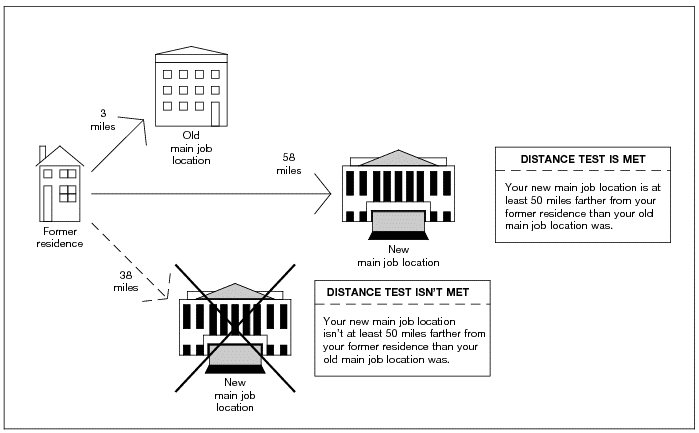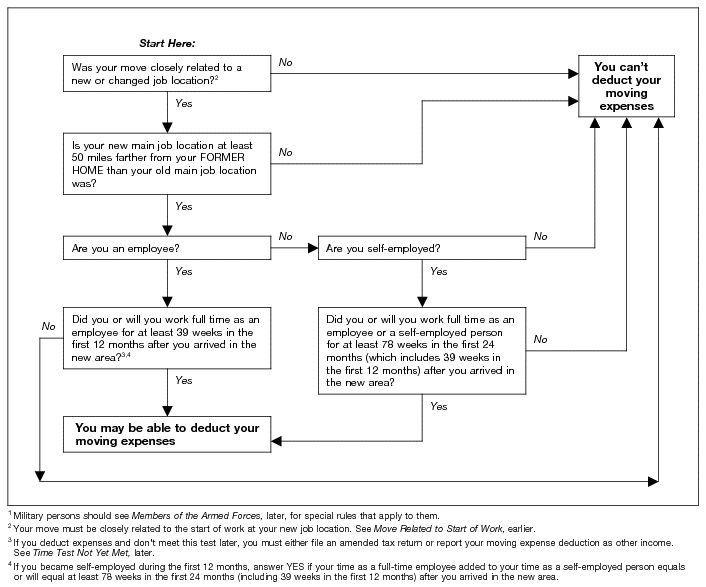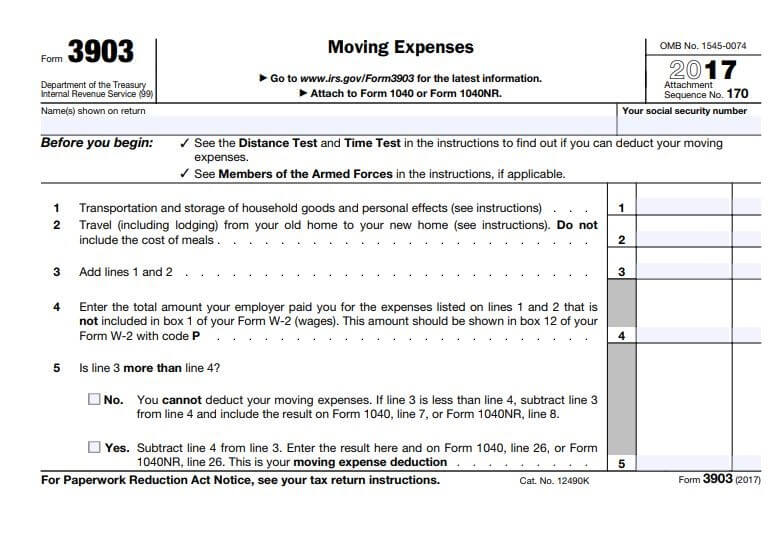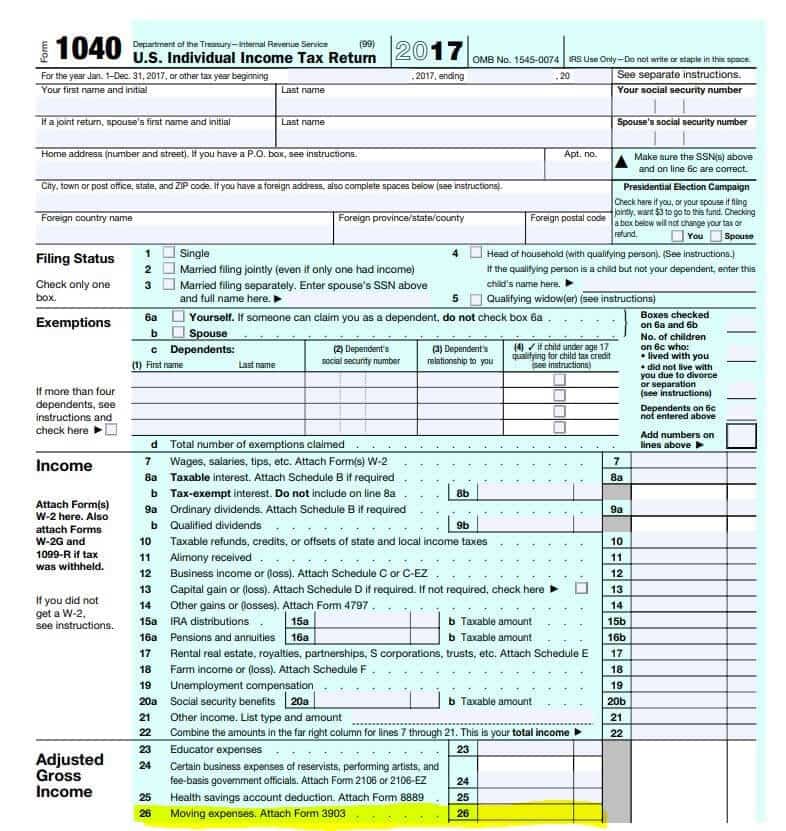Early April means one thing in the United States; it’s tax season. This year, Tax Day is two days later than usual falling on Tuesday, April 17, 2018. If you’re like most Americans, you’ll want to make sure you have all your deductions in order. Remember, the taxes you file in 2018 refer back to the previous year.
2017 is the last year that previous tax legislation will be in effect. Beginning in 2018, there will be a number of changes taking place with the tax code. The changes are particularly relevant if you’re considering moving in 2018. In the past, moving could be deducted from your federal income taxes in certain cases connected to employment. After this year, that will no longer be the case.
Am I Eligible?
If you had to move for your job in 2017, you may have done it at the perfect time. However, moving costs related to employment are only deductible in certain cases. There are three tests that determine whether or not a move is deductible. First, the move must be closely tied to your employment. Second, your new place of work must be at least 50 miles further from your previous home than your prior place of work. If that sounds confusing, check out this diagram taken from irs.gov:

In the illustration above, the distance test is met in the top example because the new main job location is 55 miles further away than the old main job location from the former residence. In the lower example, the distance test is not met because the new main job location is only 35 miles further away than the old main job location from the former residence.
Lastly, if you’re an employee you must work for at least 39 weeks in the first 12 months you are at your new location. If you’re self-employed, you must work 78 weeks out of the first 24 months at your new location. Once you’re confident your relocation has passed the three tests, examine it against this additional diagram from irs.gov:

How to Deduct Moving Costs
Assuming your move is deductible, the next step is to calculate how much you can deduct. Thankfully, irs.gov has a form available to expedite the process:
 The first line of this form accounts for any costs associated with the moving process itself. For example, if you hire a moving company, enter those costs on line 1. On line 2, enter any travel costs associated with the move. If you travel by car, the allowed deduction is 17 cents per mile driven. After adding moving and travel costs, it is imperative to enter any reimbursements your employer offered on line 4. Then, it’s as easy as subtracting line 4 from line 3. In the event that line 4 is a higher number than line 3, you cannot deduct any moving costs.
The first line of this form accounts for any costs associated with the moving process itself. For example, if you hire a moving company, enter those costs on line 1. On line 2, enter any travel costs associated with the move. If you travel by car, the allowed deduction is 17 cents per mile driven. After adding moving and travel costs, it is imperative to enter any reimbursements your employer offered on line 4. Then, it’s as easy as subtracting line 4 from line 3. In the event that line 4 is a higher number than line 3, you cannot deduct any moving costs.
Once you have calculated your moving deduction, you need to transfer the number to your 1040. Form 1040 is the main income tax return form in the United States. Within Form 1040, deductions for moving expenses are to be entered on line 26.

Along with entering the deduction on line 26, it is required to attach Form 3903. Once you’ve done that, you can subtract costs from your taxable income.
Unfortunately, 2017 will be the last year that moving costs related to employment are deductible. However, there is one great exception. If you’re an active member of the military who is moving due to a military order, you may continue to deduct moving costs for the foreseeable future. As for everyone else, moving will no longer be deductible until at least 2025.




